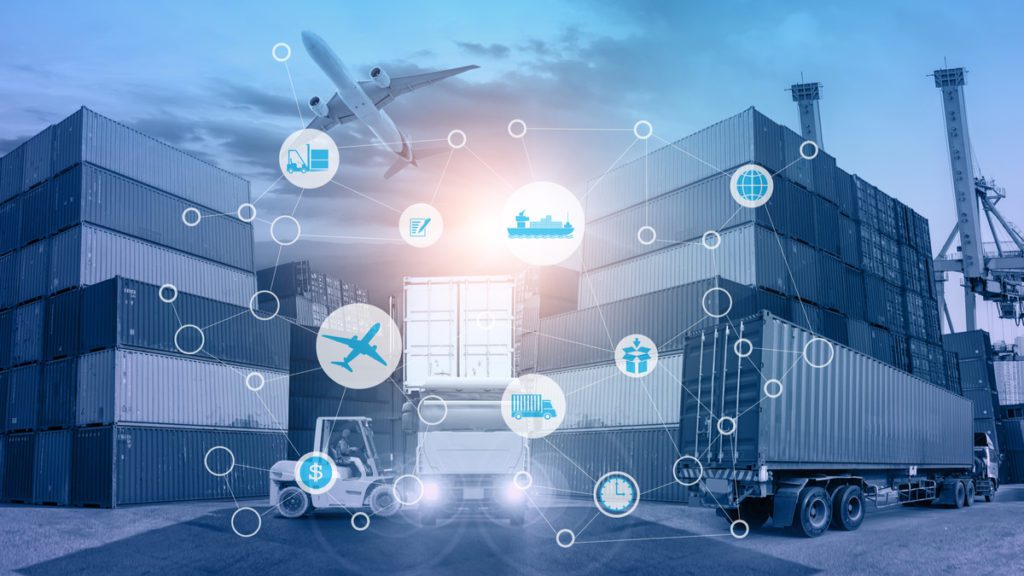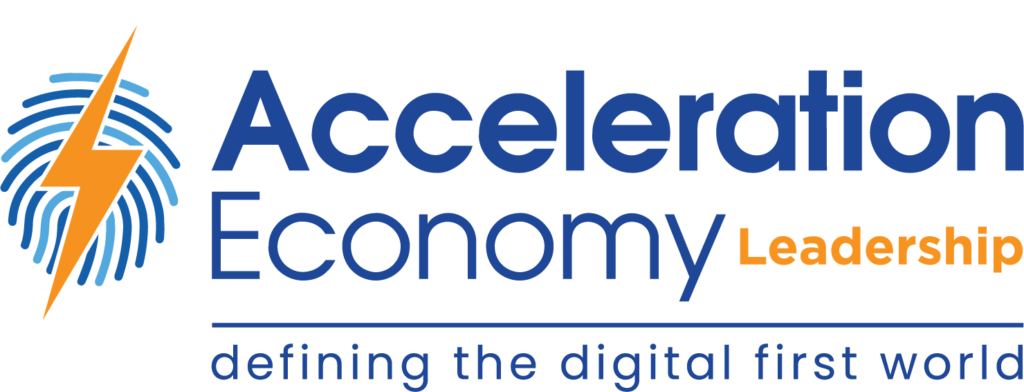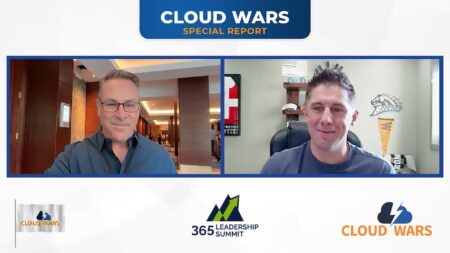For many decades manufacturers and suppliers developed ever-better, more efficient ‘Just-in-Time’ global supply chains. Two years ago, COVID disrupted global supply chains and exposed the risks of that sourcing model. C-Suite and Supply-Chain executives got nasty reminders that the Economic Order Quantity (EOQ) model had terms like ‘order execution cost’ and ‘stock-out cost’ that they had heretofore ignored with impunity.
Back in April 2021, I told Bob Evans[1] that supply chains needed to get shorter, and also more dynamic, to allow for unexpected supply-chain disruptions including political activities, weather events, regional pandemic flare-ups, etc. And in the Acceleration Economy Journal six months later I got even more specific about what was needed[2].
Of course, my thoughts were focused on the Asian suppliers of high-tech products and manufactured goods. And I (wrongly) predicted that snafus would abate as the pandemic subsided (but might worsen as weather and other disruptions increased). What I never anticipated was the Russian invasion of Ukraine, and its further disruption of the global supply chain: this time, European supplies of energy and food as well as vital minerals. Nor did I envision the impact of BA.2 plus China’s ‘Zero COVID’ policies. This seemingly never-ending series of disruptions, plus a worsening geopolitical outlook, has some experts calling for an outright repudiation of long-held global supply-chain wisdom, calling for ‘de-globalization[3].’
CEOs and Board members, it’s time to get serious about de-risking your supply chains. And Cloud ERP technology can help you get there faster and more easily than older approaches.
Distance = Risk
The obvious way to reduce the risk of a world-girdling supply chain is to shorten its length. One option is onshoring (extract, manufacture, assemble, store here in the US–or wherever your local market is). Or you can use nearshoring (doing those activities in a lower cost but nearby locale—I tell clients you want to be able to fetch the stuff by truck if you have to)[4]. The argument against moving work to the US is cost: it’s just more expensive to get things done here. In today’s world of crazy international container-shipping costs there’s an obvious offset (that ‘fulfillment cost’ I mentioned earlier). The less-obvious offset is ‘stock-out cost.’ For example, my local big-box retailer was loaded with deeply-discounted Christmas merchandise—in March! So seasonal sales were lost, and then the merchandise had to be liquidated or stored.
There’s another factor executives must consider in today’s increasingly ESG[5]-aware world: their Scope 1/2/3 emissions[6]. To put it bluntly, investors care about the environment, and many low-cost countries are far behind the US in terms of environmental awareness and emissions mitigation. It may well be a case of doing well by doing good to move production back home.
Supply Chain -> Supply Web
So…you’re thinking, “shortening my global supply chain means simplifying my logistics,” right? Yes, but. The ‘but’ is that we’ve learned the painful lessons of JIT inventory and sole-source contracts: don’t put all your eggs in one basket lest that basket becomes a pandemic lockdown hotspot, a wildfire or hurricane target, or a conflict site. Reducing your supply-chain risk means thinking about your suppliers and your own manufacturing and warehousing sites as an interconnected web rather than a linear chain.
Operating a supply web means:
- Working to see as far upstream as you can to ensure that local or regional disruptions don’t impede the flow of your inputs[7];
- Looking all the way downstream to map out—in advance—alternate ways (along with the risk and cost of each alternate) to keep your goods flowing to customers.
Two more complexities modern supply webs should handle:
- Goods should be able to flow in any direction as needed rather than following a rigid, predefined linear flow (from factory to warehouse to store, for example). Maybe local conditions are best served by moving goods warehouse to warehouse, or store to store. Or some part of a shipment being pulled out and sent by air while the rest goes by truck.
- Goods need to be discretely tracked wherever they are in the supply web. If you have containers on a ship stuck in the Suez Canal or one container waiting offloading in a shipyard, can you tell each customer the impact of that delay on the delivery of every item in every order?
Cloud ERP to the Rescue
800 words in and I haven’t mentioned technology. That’s because technology fixes problems defined by the business situation. Now that we’ve defined the situation, let’s briefly discuss the technology situation at many manufacturing and distribution firms:
- Disconnected: order management, manufacturing scheduling, billing, warehousing, shipping, etc., aren’t integrated (or are integrated via Excel spreadsheets or batch updates), so events aren’t propagated throughout the bid-to-order-to-cash meta-process;
- Inflexible: rules governing processes are programmed in rather than defined using a modeling language or configuration tools, so changes take time and money;
- Dumb: AI isn’t part of the rule-management system, so adaptive behavior doesn’t occur when changes are observed by the system;
- Blind: sensors (IoT) are sparse or missing, so events aren’t captured quickly or efficiently (they’re often keyed from paper records hours or even days later)
Maybe YOUR firm doesn’t have these problems. If so, stop reading and go implement your supply web so your customers—and investors—can sleep better!
For the rest of us, today’s Cloud ERP[8] systems–especially Industry Vertical ERP ‘super suites’—help overcome the Technical Debt that accumulates in older, more monolithic, systems that were designed for installation, customization, and operation in a client’s data center/co-location facility.
A Growth Plan for CXOs | Sadin on Digital – Acceleration Economy
Acceleration Economy Journal – Winter 2021/2022 – Acceleration Economy
Note that nearshoring is often thought to mean ‘lower-cost country,’ but it doesn’t have to. Almost 20 years ago I was exposed to the ‘farmshoring’ concept in which work was moved to lower-cost parts of the US. For example, see Farmshore Future | Computerworld
Environmental. Social, Governance: For example, see What Is ESG Investing? – Forbes Advisor
What are Scopes 1, 2 and 3 of Carbon Emissions? – Plan A Academy
- This visibility will be needed anyway to capture Scope 2 and Scope 3 emissions
Let me be clear that I mean true SaaS ERP systems, not old monolithic ERP products sitting on servers in a Cloud or co-location firm (what I call ‘fake cloud’ systems)
Want more tech insights for the top execs? Visit the Leadership channel:










